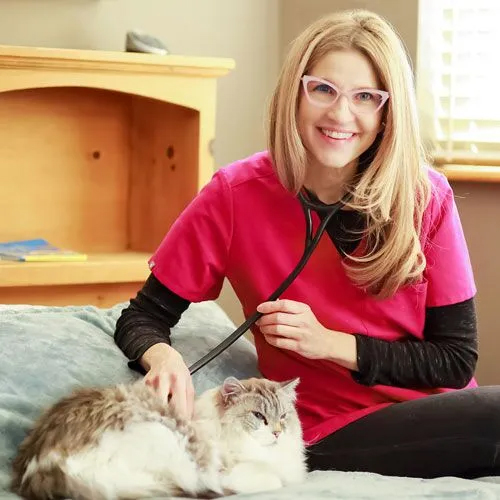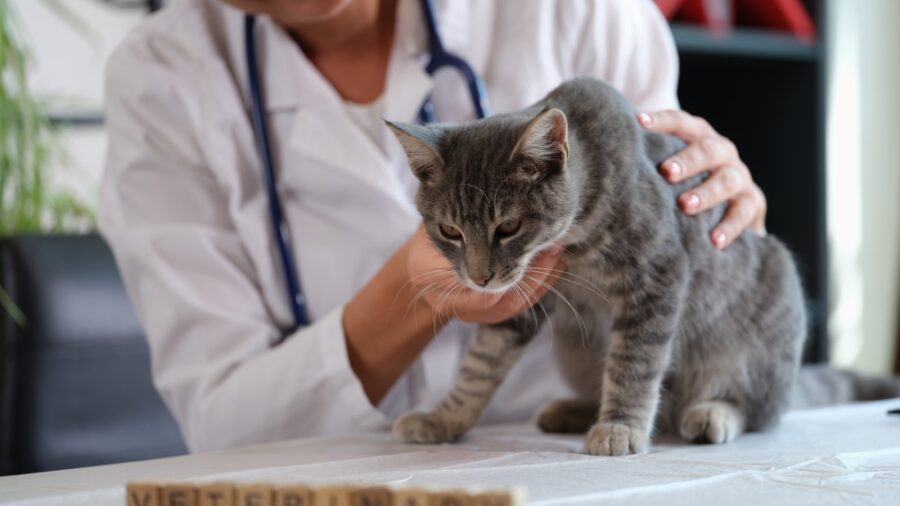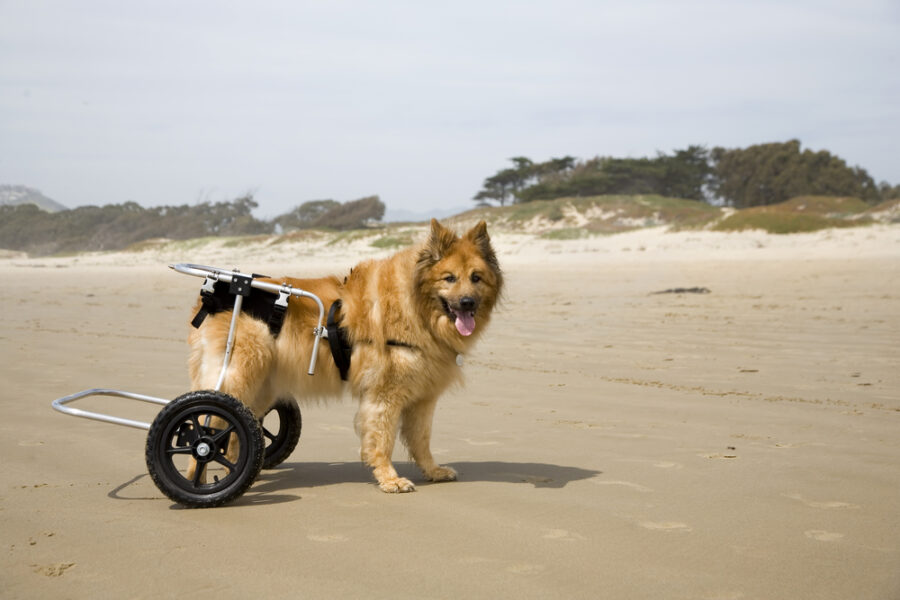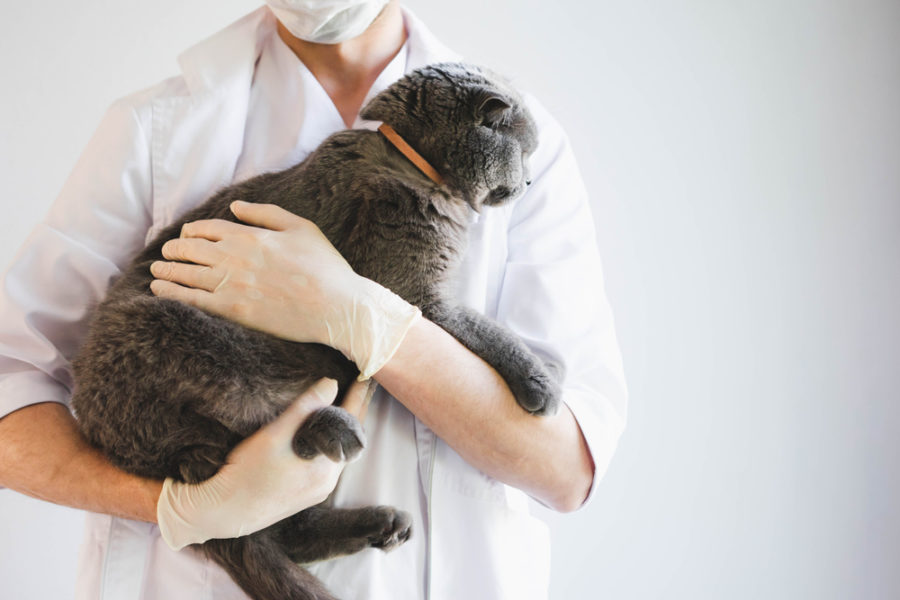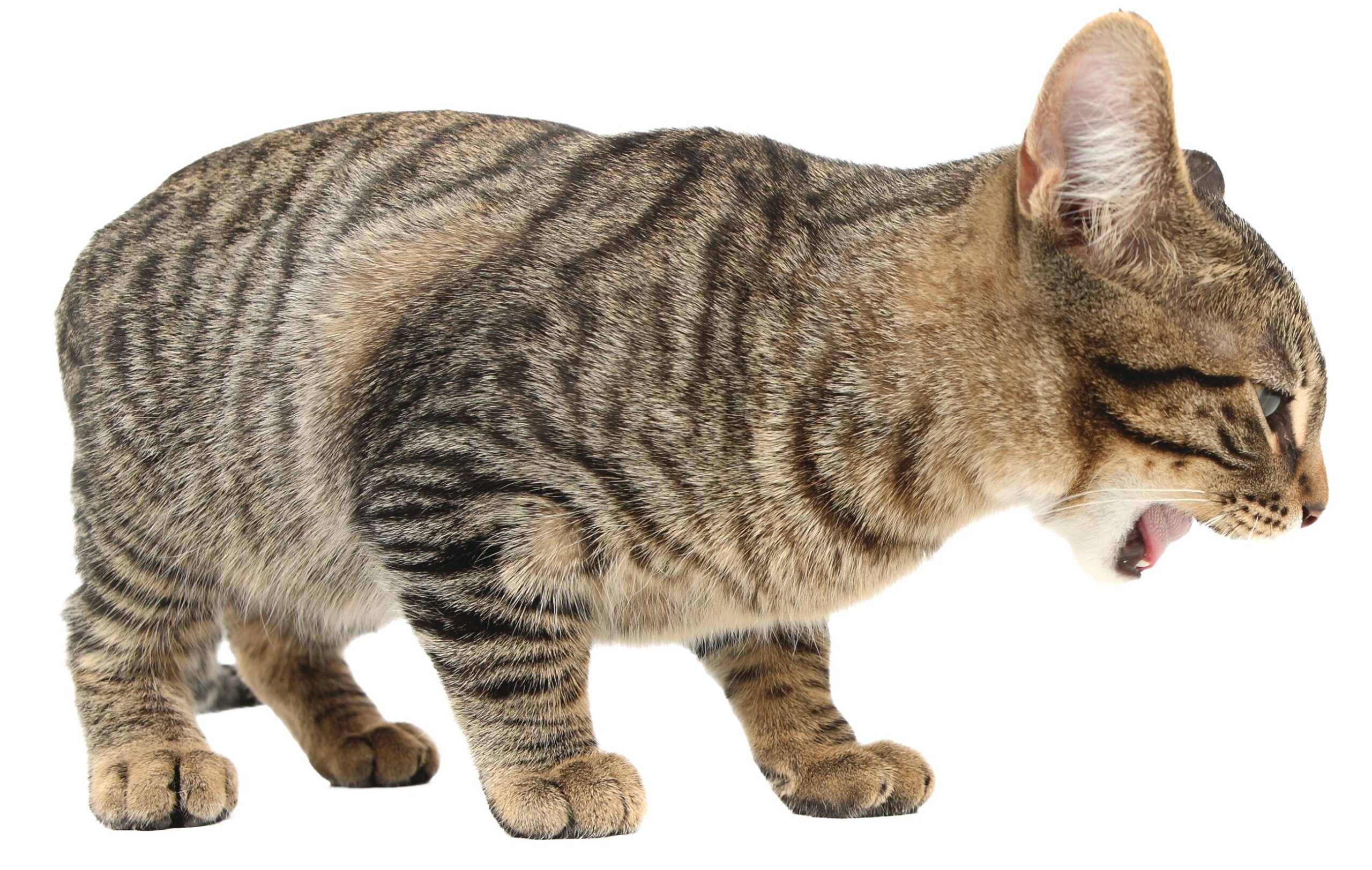Because cats are good at hiding discomfort, pain is sometimes missed and undiagnosed. Helping clients understand the signs of pain in cats, along with an integrative approach to pain management that draws on traditional and alternative therapies, is the most effective solution.
Feline pain management is a critical aspect of veterinary care. It significantly impacts a cat’s overall well-being and quality of life. Cats are skilled in hiding their pain and have long been neglected by society and veterinary medicine. An integrative approach to pain that combines multiple modalities and innovative treatments can provide the most comprehensive and effective solution. In this article, we will explore both traditional and alternative methods for managing pain in the feline patient.
ASSESSING PAIN
Feline pain can be difficult to assess in the clinic setting, especially as many cats are stressed from transport and may be fractious about having an examination. Often, cat guardians are the most valuable resource for assessing pain. Combining tools such as the Feline Grimace Scale, diagnostic imaging, as well as history and physical examination can give the most accurate picture of a feline patients pain level.
Guardian history
Feline guardians are a valuable source of behavioral data that aids in pain assessment. The following are important and often overlooked signs that feline patients are experiencing discomfort, and should be included in your history:
- Litter box issues cats that are too painful to step into the litter box, or to posture to urinate and defecate, may show signs of distress by eliminating outside or near the litter box.
- Avoiding stairs osteoarthritis of the spine or extremities is common in cats and may cause them to become less mobile.
- Hiding many cats in pain will hide under beds and behind couches. This can be a missed sign in cats that are generally less social.
- Refraining from jumping on couches, beds, and other furniture these behaviors may change slowly over time and may be difficult to perceive by cat guardians.
- Overgrooming this common symptom may be caused by many factors, including nerve, musculoskeletal or visceral pain.
Feline Grimace Scale
The Feline Grimace Scale (FGS) is an essential tool for objectively assessing pain in cats. It can be used by both practitioners and cat guardians. This non-invasive method involves observing the cat’s facial expressions for specific changes indicative of discomfort. Common parameters include ear position, orbital tightening, muzzle tension, whisker change, and head position. A study done in 2021 validated the Feline Grimace Scale as an effective and reliable tool for pain assessment in cats. The research found that veterinarians, veterinary nurses and pet guardians could all reliably use the Grimace Scale to accurately assess pain in cats.1
Heres a complete guide to using the Feline Grimace Scale.
Radiographs
Radiographs are an important diagnostic tool in the assessment and diagnosis of feline osteoarthritis (OA). In a study of 100 cats over the age of six, 61% had radiographic signs of osteoarthritis.2 While feline patients may have radiographic changes consistent with degeneration, these findings may not be clinically significant. Its important to consider the cats behavior at home in combination with a physical examination to understand the importance of radiographic findings.
Physical examination
A physical examination can be of limited value when done in a clinic setting. Stress hormones and fear can cause many cats to mask pain. Mobile veterinarians may be beneficial in helping diagnose gait abnormalities at home. Alternatively, having the guardian make a video of the cat walking may be useful. Confident cats may feel more relaxed in a clinic setting and may allow a full orthopedic examination.
TREATING PAIN
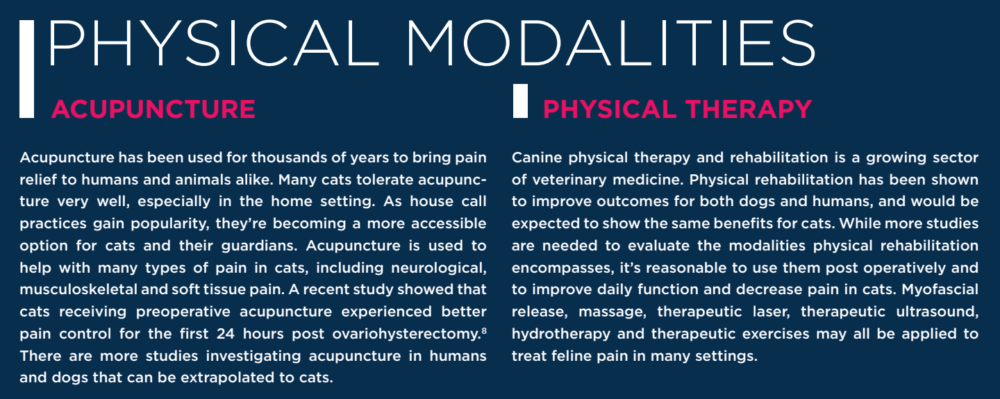
Weight management
Its estimated that up to half of all household cats are overweight or obese.3 This common problem can contribute to body pain and worsen osteoarthritis. Providing guardians with weight loss strategies should be a top priority for the treatment of pain for cats that do not have an ideal body condition. Below are examples of weight loss strategies that can be provided to clients:
- Replace kibble with canned or commercially prepared raw diets.
- Eliminate free feeding and replace with three to five smaller meals per day.
- Feed cats with the aid of food puzzles or games.
- Add play before mealtime.
- Encourage more activity with interactive toys and games.
Pharmaceuticals
Gabapentin
This is an anticonvulsant medication also used to manage neuropathic pain in cats. While some studies have investigated the pharmacokinetics of Gabapentin in cats, and its use for stress reduction, there are disappointingly few studies focusing on its efficacy as a tool for pain management. However, a study done in 2018 revealed that cat guardians noticed a perceivable improvement in their cats activity levels when Gabapentin was used twice daily at 10 mg/kg.4 However, most clinicians in the US use a dosing schedule of 2.5-5 mg/kg every 12 hours.
Its important to note that cats with kidney disease have higher serum levels of Gabapentin. Doses should be adjusted accordingly in cases of moderate to advanced renal disease.5
Solensia
This new pharmaceutical option is gaining popularity in the US for the treatment of osteoarthritis in cats. It is an injectable monoclonal antibody, called frunevetmab, that effectively decreases pain in cats caused by osteoarthritis.9 Injections are given subcutaneously once a month.
Solensia has not been extensively studied in cats with renal disease. Renal values should be monitored closely while using this therapy. The most common reported side effect is vomiting and pain at the injection site. This is an important treatment option as daily medications in cats can be prohibitive.
Maropitant
Also known as Cerenia, Maropitant is an anti-emetic used in cats. However, its use for visceral pain relief is under investigation. A study performed in 2021 investigated the use of Maropitant for pain relief following ovariohysterectomy in cats,6 and was found to decrease post operative pain. It may be useful for pain management in cats with chronic pancreatitis and inflammatory bowel disease.
Nutraceuticals/herbs
Omega fatty acids
Safety and efficacy data for the use of Omega fatty acids is lacking in cats. However, some published abstracts and studies investigating diets rich in Omega fatty acids, along with other nutrients such as glucosamine and chondroitin, revealed clinical improvement in cats with degenerative joint disease.7 While data for guide dosing schedules is limited, an Omega 3 fatty acid supplement may be a good addition to a multimodal approach to pain management.
Adequan
This injectable polysulfated glycosaminoglycan is commonly used in clinical practice for cats with osteoarthritis and interstitial cystitis. While these therapies are anecdotally successful, there are no studies investigating their efficacy. A popular dosing regimen is 5 mg/kg subcutaneously twice weekly for four weeks, followed by 5 mg/kg once weekly for four weeks, then once monthly dosing.
CBD
Phytocannibinoids have gained popularity and acceptance in veterinary medicine and are used to treat pain and inflammation. Initial studies have mostly focused on dogs; however, in 2022, a pharmacokinetic study was published using eight cats for one week.11 Anecdotal success has been reported using full or broad spectrum hemp extract rich in CBD to treat arthritis and body pain. More studies are required to determine therapeutic doses and efficacy. The author uses a dosing range between 0.5-2 mg/kg of CBD twice daily with food. CBD may also prove beneficial for managing the pain and nausea associated with inflammatory bowel disease.
Cats are seen by veterinary professionals less frequently compared to dogs and are often under diagnosed and under treated for many conditions, including pain. When cats make it to an examination room, a complete orthopedic examination is often unrealistic and may yield inaccurate results. Its important for veterinary professionals to educate cat guardians about the often occult symptoms of feline pain. Information from the cats health history as provided by guardians may be valuable in the diagnosis and treatment of chronic pain. Creating individual and multimodal plans will help increase clinical success when it comes to pain management in feline patients.


